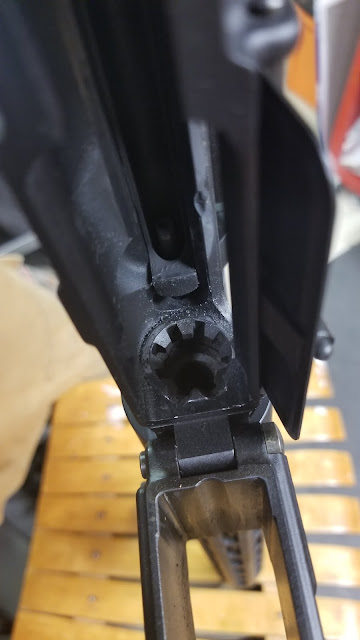The Nagorno-Karabakh Conflict
Introduction:
If you get your news from just about anywhere except American television, then you probably know that there is some major happenings going on between Armenia and Azerbaijan. Like many conflicts, this one has been muddle immensely by the ultranationalist faction on either side, flooding social media with disinformation that makes their country look victorious. Although not strictly gun-related, I thought it was important to give a bit of an overview of the conflict, and try to sift through the misinformation to find out what is really going on. Taking an objective approach, the conflict is an interesting case study in modern warfare and the role that technology plays in 21st century warfare. I'm going to try and give some insight into the history of the area, what exactly is going on, and the wide-reaching externalities surrounding where the conflict is today.
Details:
The conflict between Armenia and Azerbaijan is over a region called Nogorno-Karabakh, often just called Artsakh for short. The region itself is home to around 150,000 people, mostly ethnic Armenians with some Russian minorities mixed in. While Armenia and Azerbaijan were behind the iron curtain as part of the USSR, conflict over the region died down for the most part. It was only after the Soviet Union began to break down that the conflict was largely reignited. The flash point for this ongoing conflict is the fact that the Artsakh region is contained completely within internationally recognized Azeri borders.
Conflict after the breakdown of the Soviet Union began when the regional government of Nogorno-Karabakh voted to merge with Armenia. In response to this, Azerbaijan took the region completely under Azeri authority. This didn't last long though, with the region completely declaring independence from Azerbaijan in 1991, resulting in a full-on war between the Artsakh and Azerbaijan.
In 1994, a ceasefire was declared between Armenia, Azerbaijan, and Artsakh. This lead to a tense border situation, with occasional flare-ups in the decades to follow. This is pretty much where things stayed up until the current conflict. Until now, there was occasional shelling and shots exchanged, but the current offensives represent a huge escalation, with hundreds of casualties thus far.
The current conflict has highlighted some of the very advanced weapons of modern warfare. Azerbaijan has made very heavy use of drones to great effect against Armenian forces. These drones have essentially come in two forms. The first is a drone that is used to designate a target. The drones are used to guide laser-guided artillery munitions to a particular target. I won't link to the graphic video, but here is a screenshot of a view from an Azeri drone as it designates Armenian forces:
The other type of drone is one that we have not really seen in widespread use. Azerbaijan has been using Israeli-manufactured "Harop" suicide drones. These drones, called "loitering attack weapon systems" fly over an area, survey for targets, and then dive into the target. We have not really seen a dedicated craft for this purpose in widespread use by one country against another.
The widespread drone, artillery, and infantry implementation represents a large escalation in the conflict that has been heating up for decades. The implications for this conflict, however, are not limited to the region. Like all world conflicts, there is a mess of allegiances and entanglements complicating things even more than they already are. Turkey is a strong supporter of Azerbaijan, supplying material support and irregular fighters. Russia supports Armenia, allegedly with their own PMCs, although not as overtly as Turkey with the Azeris.
Conclusion:
I think it's important with a conflict like this that we don't treat it like a sport or a game. There is no good guy and no bad guy. Both sides have their reasons and their motivations for fighting. In a situation like this, reactions and sentiments from the people on the ground are, in my opinion, what matter the most. Any response to this outside of violence is preferred, but at the same time, if the people feel that they need to fight to have their voices heard, then so be it.



Comments
Post a Comment